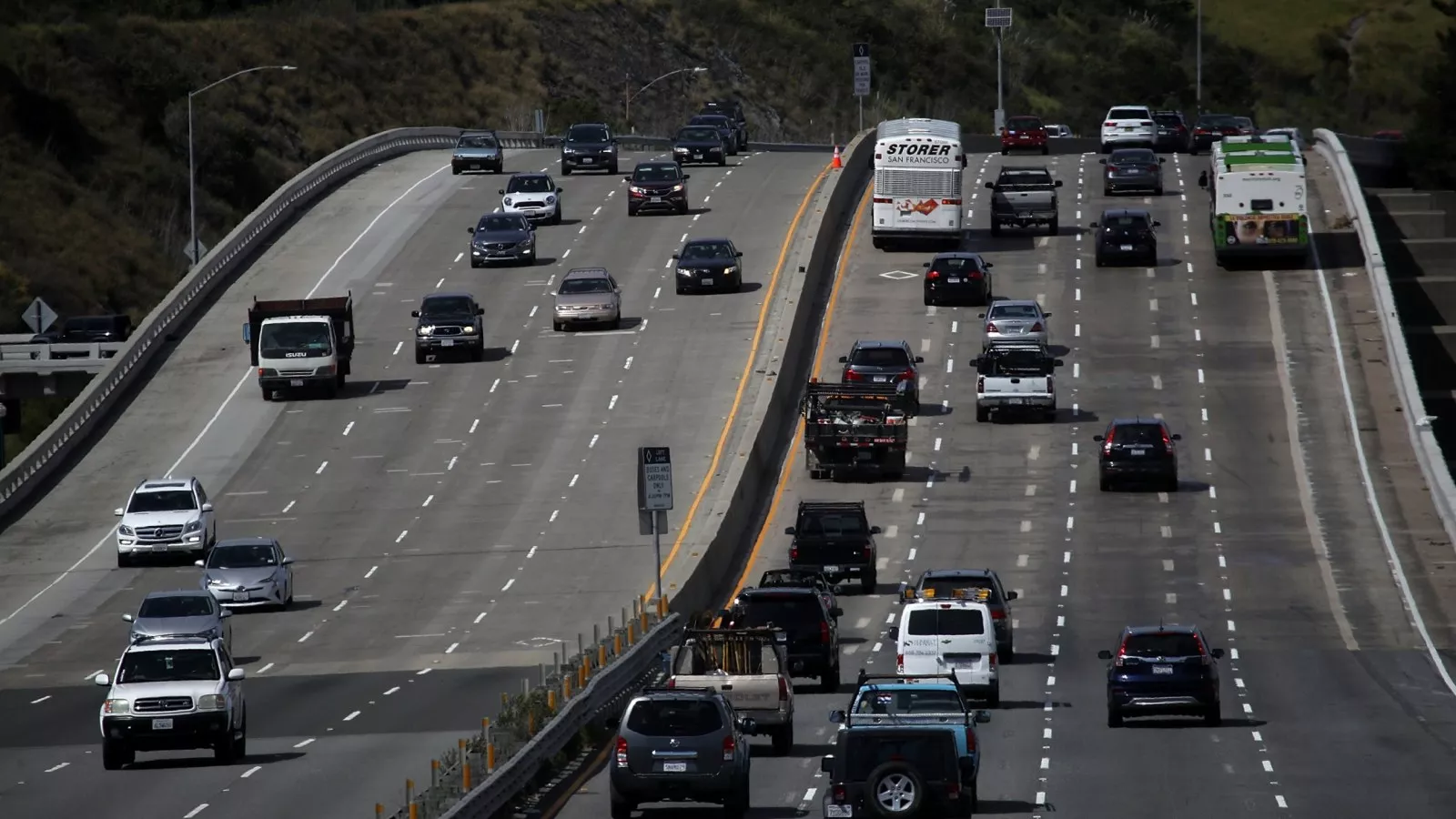Why Interstate 95 (I-95) is the Deadly Highway in the U.S.: Key Factors Behind 284 Fatalities in 2019
Top Safety Tips for Navigating I-95 – Avoid Becoming a Statistic on America’s Most Dangerous Road
According to The Zebra, driving in the U.S. can be more dangerous on some deadly highways than others. Recent data shows that Interstate 95 (I-95) tops the list as the deadliest road in the country, with 284 deaths in 2019 alone. Whether you’re driving through the snowy Northeast or the busy streets of Florida, it’s crucial to stay alert on I-95 to avoid becoming part of these grim statistics.
READ ALSO: 904 Bike Crashes in Franklin County: Ohio’s Second Most Deadly Spot for Cyclists

1,284 Fatalities: 10 Most Deadly Highways in the US Revealed – Stay Safe on the Road! (PHOTO: Fodors Travel Guide)
I-95: A Risky Route From North to South
Interstate 95 is a major roadway that connects several major cities along the East Coast, but it’s also the most dangerous. The Florida section, particularly around Jacksonville and Brevard County, poses significant risks, especially during winter in the northern regions where snow and ice create hazardous driving conditions. On I-95, even a small mistake can lead to a serious accident, so extra caution is essential.
I-20: Short But Perilous
Though Interstate 20 isn’t as long as some other deadly highways, it still ranks high on the list of deadly roads. Running from West Texas to South Carolina, it cuts through major urban areas like Dallas, Jackson, and Atlanta. These high-traffic zones contribute significantly to the number of accidents. In 2019, I-20 saw 208 fatalities, reminding drivers that even shorter routes require full attention and care.
I-5: A Dangerous Drive Along the Pacific
Interstate 5 is a critical deadly highway along the Pacific Coast, connecting key cities in California. In 2019, it was the third deadliest road in the U.S., with 186 fatalities. The stretch in San Diego County is particularly treacherous, not only because of heavy traffic but also due to the presence of many large trucks. Driving on I-5 demands vigilance, whether you’re navigating through Los Angeles or Sacramento.
I-75: From the Great Lakes to Florida’s Coast
Interstate 75 runs from Michigan down to Florida, covering a range of climates and driving conditions. The Midwestern portions are especially dangerous during winter when snow and ice create slippery roads. In Florida, sections of I-75 along the Gulf Coast, particularly around Fort Myers and Tampa, are notorious for accidents. With 237 deaths in 2019, I-75 is a road where drivers must be particularly careful, especially in bad weather.
I-35: A Deadly Corridor Through Texas
Interstate 35 stretches from Laredo, Texas, near the Mexican border, all the way to Duluth, Minnesota. It’s considered one of the most deadly highways because it passes through heavily populated Texas cities like San Antonio, Austin, and Dallas. These urban areas, combined with heavy truck traffic, make I-35 especially hazardous. In 2019, there were 197 fatalities on this road, highlighting the need for cautious driving in these busy regions.
The Spread of Deadly Highways Across the U.S.
Dangerous highways are not limited to one part of the country—they’re scattered from coast to coast. California is home to three of the deadly highways: I-5, I-15, and I-80. Both Texas and Florida have multiple dangerous highways as well. Overall, 59% of the fatalities on the top 10 deadliest roads occurred on north-south routes, with the remaining 41% on east-west routes. If you’re driving on these highways, staying vigilant can make all the difference.
The 10 Deadliest Highways in the U.S.
Here are the 10 deadly highways in the U.S. based on 2019 data:
- I-95: 284 deaths, 14.88 deaths per 100 miles.
- I-20: 208 deaths, 13.52 deaths per 100 miles.
- I-5: 186 deaths, 13.47 deaths per 100 miles.
- I-75: 237 deaths, 13.27 deaths per 100 miles.
- I-35: 197 deaths, 12.56 deaths per 100 miles.
- I-15: 158 deaths, 11.02 deaths per 100 miles.
- I-40: 253 deaths, 9.89 deaths per 100 miles.
- I-70: 158 deaths, 7.35 deaths per 100 miles.
- I-80: 209 deaths, 7.21 deaths per 100 miles.
- US-41: 141 deaths, 7.02 deaths per 100 miles.
Is Driving Becoming More Dangerous?
Even though people drove less in 2020 because of the pandemic, car accident deaths rose by 7.2% compared to 2019. With fewer cars on the road, you might think driving would be safer, but the data tells a different story. The number of miles driven dropped by 13.2%, yet the fatality rate per 100 million miles spiked to 1.37, the highest it has been since 2007. This shows that even with less traffic, the roads can be more dangerous than ever.
What Makes Driving Riskier?
Several factors contributed to the increase in driving danger during 2020. People were driving faster, using seat belts less, and more drivers were under the influence of drugs or alcohol. Speeding became more common, with some cities seeing a 22% increase in average speeds. At the same time, fewer people were buckling up, leading to more ejections from vehicles in crashes. The use of alcohol, marijuana, and opioids among drivers also went up, adding to the risk.
Staying Safe on Dangerous Roads
Knowing which roads are dangerous is just the first step; staying safe on them is the next. Always stay alert, especially when driving in bad weather or through high-traffic areas. Plan your trips ahead of time, considering traffic and weather conditions. Take breaks if you’re feeling tired, and make sure to follow all traffic laws. These simple precautions can help keep you and your loved ones safe on the road. And don’t forget to have good auto insurance to protect yourself in case of an accident

















































